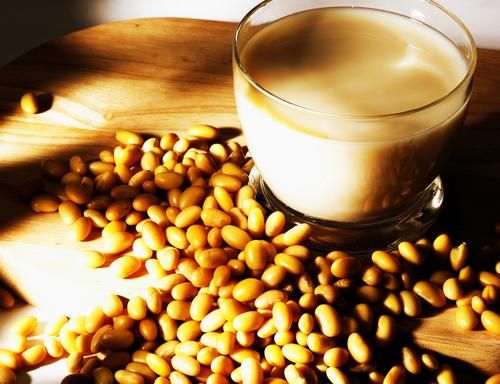There are many reasons for choosing milk-free dairy products, the most common being lactose-lactose-intolerant or vegan. However, many non-dairy “dairy products†are provided in supermarkets, which must be a boon for those who cannot eat milk products. The following are the differences and pros and cons of the three most popular non-dairy milk products.
Almond milk:
The combination of nuts and creamed almonds is not the only reason why almond milk has become the most popular milk substitute. For consumers who are allergic to milk protein or soy products, almond milk is a healthy alternative and can also help control weight. A cup of 8 ounces of almond milk has 60 calories, contains monounsaturated and polyunsaturated fats that are good for the heart, and is free of cholesterol and saturated fat (while low-fat milk has up to 120 calories, 20 mg of cholesterol and 3 grams of calories. Saturated fat).
Almond milk seems to be a good choice for drinks that are good for the heart. However, to remind you that almond milk has a low protein content, a cup of 8 ounces of almond milk has only 1 gram of protein, while the same milk contains 8 grams of protein.
Coconut milk (don't mistake it for canned coconut milk):
Do you think coconuts are not nuts, are they fruits? Although the name of the coconut was confusing, its smooth drinking and distinctly different coconut flavors sold it. Coconut milk is another milk substitute that is lower in calories than low-fat milk. A cup of 8 ounces of coconut milk has 80 calories. Although coconut milk does not contain cholesterol, its main source of fat is saturated fat that causes heart disease. The saturated fats of coconut milk are mainly medium-chain fatty acids (MCFAs), which is different from the metabolism of other forms of saturated fat. Some studies have shown that medium-chain fatty acids can maintain weight without increasing cholesterol levels; however, research on this claim is limited.

Soy milk:
A cup of 8 ounces of soymilk has 110 calories, so soymilk is another high-calorie alternative to milk and is not milk-free. Under normal circumstances, because the original flavor of soy milk has a little bitter taste, so when drinking soy milk will add some sugar or sweeteners, which also led to increased milk heat. Although soy is a common allergen, consumers still tolerate it when it contains no cholesterol and low saturated fat (0.5 g). Just like almond milk, the fat contained in soymilk is mostly heart-healthy monounsaturated and polyunsaturated fats. The protein content of soymilk is the highest of the three milk substitutes. A cup of 8 ounces of soy milk contains 8 grams of protein, while the same two cups of 8 ounces of milk contain 8 grams of protein.
If you decide to try a lactose-free milk substitute, you can follow the following guidelines:
Choose high calcium and vitamin D types. Calcium and vitamin D contained in home-made and shop-purchased drinks are very low, especially when compared to milk. However, there are now many high-calcium and vitamin D-fortified drinks to choose from.
Choose to refrigerate. Refrigerated lactose-free non-dairy drinks usually have a shorter shelf life, which means fewer artificial additives.
Choose plain or unsweetened. Lactose-free milk substitutes come in a variety of flavors, including vanilla and chocolate. It is best to choose plain or unsweetened, avoid adding to drink to season artificial additives.
High Resolution Distance Sensor
JRT produced the high resolution optical distance measurement sensor for 16 years with lower cost. Our distance measuring sensor have small size, high accuracy.
The laser range finder components is characterized by an above-average measured value output frequency, up to 8hz. The miniature laser distance module is also suitable for monitoring defined distance and height during transport.
Distance Measuring Sensor,Accurate Laser Measuring Sensor,High Accuracy Distance Sensor ,Optical Distance Sensors
Chengdu JRT Meter Technology Co., Ltd , https://www.irdistancesensor.com